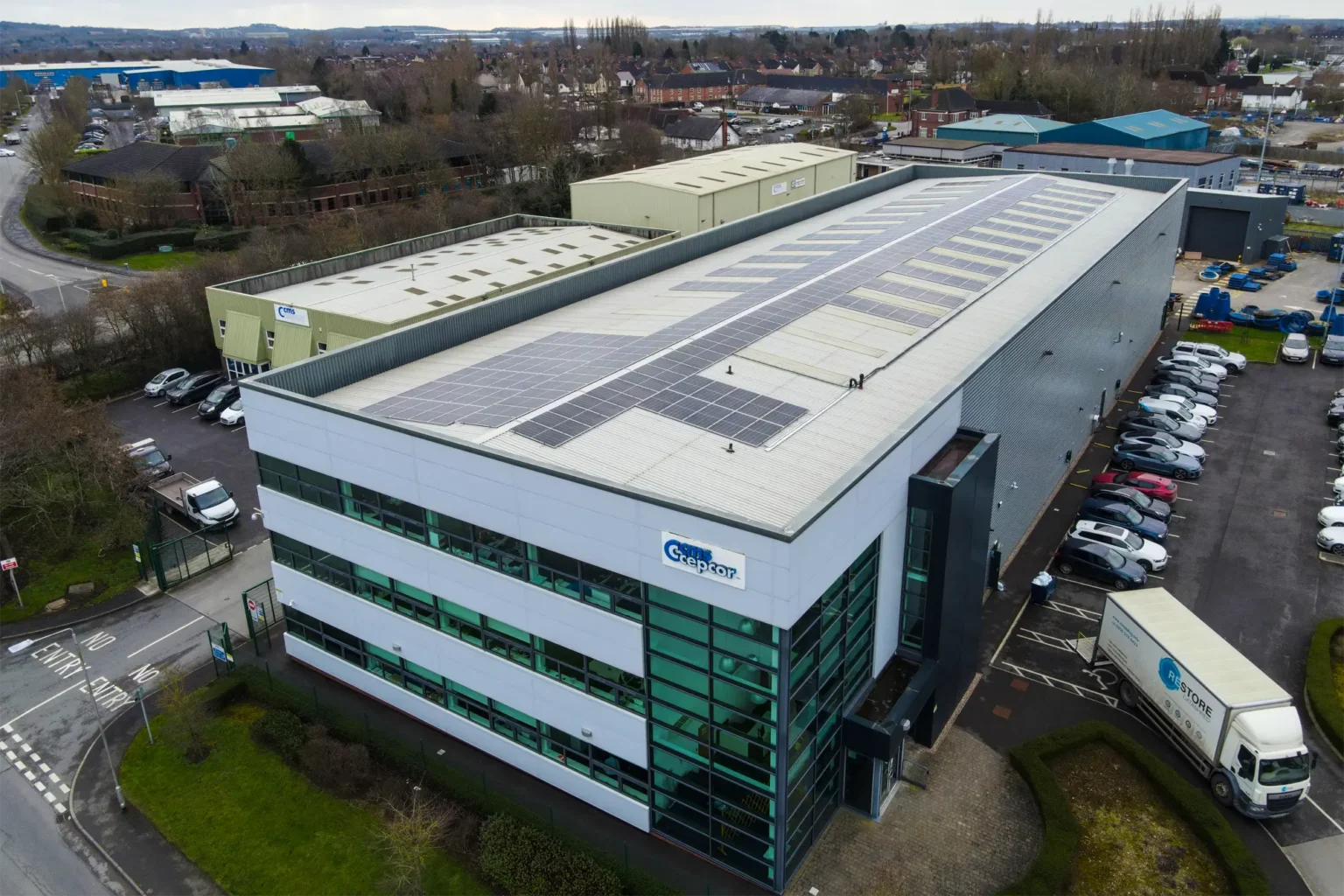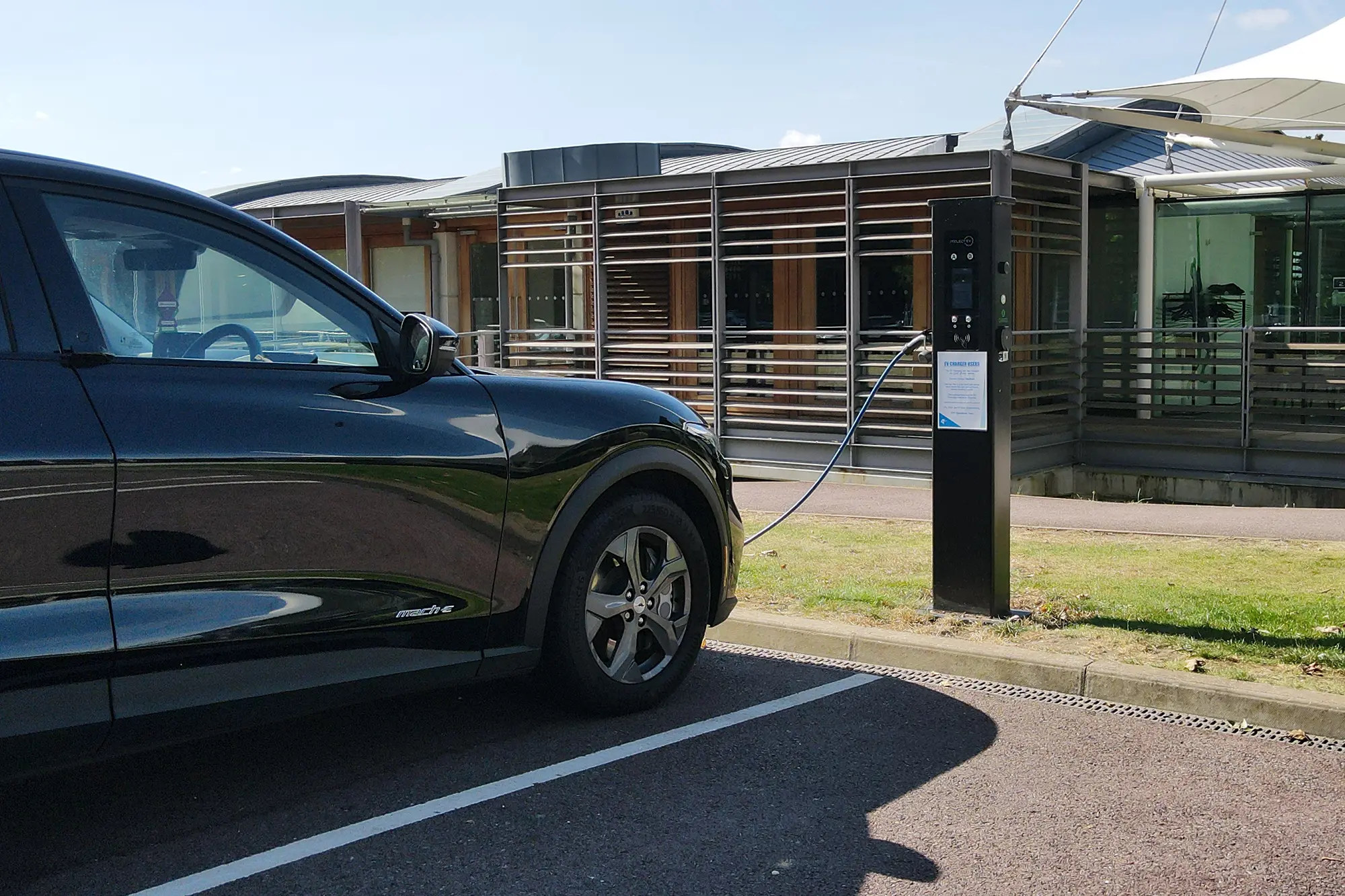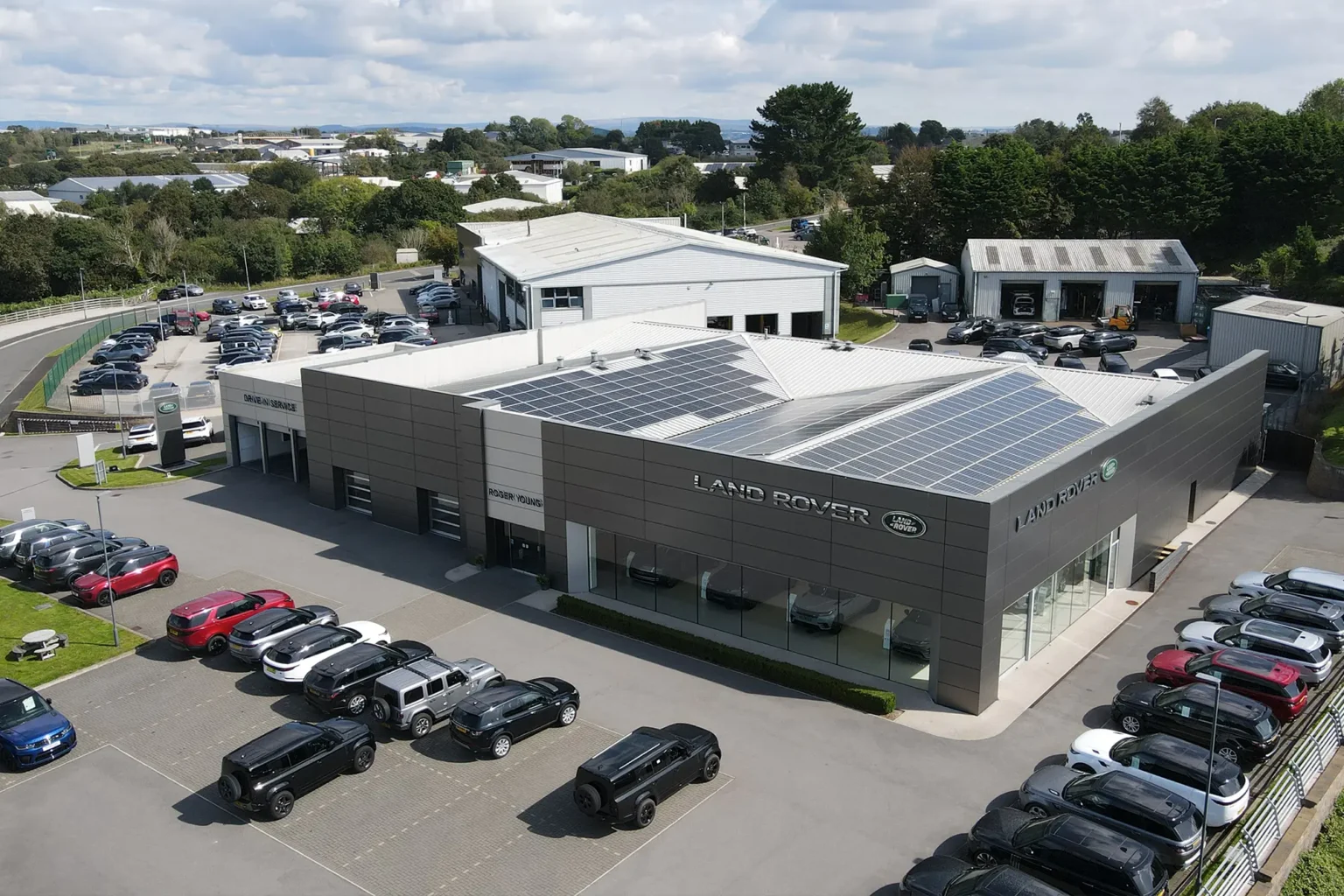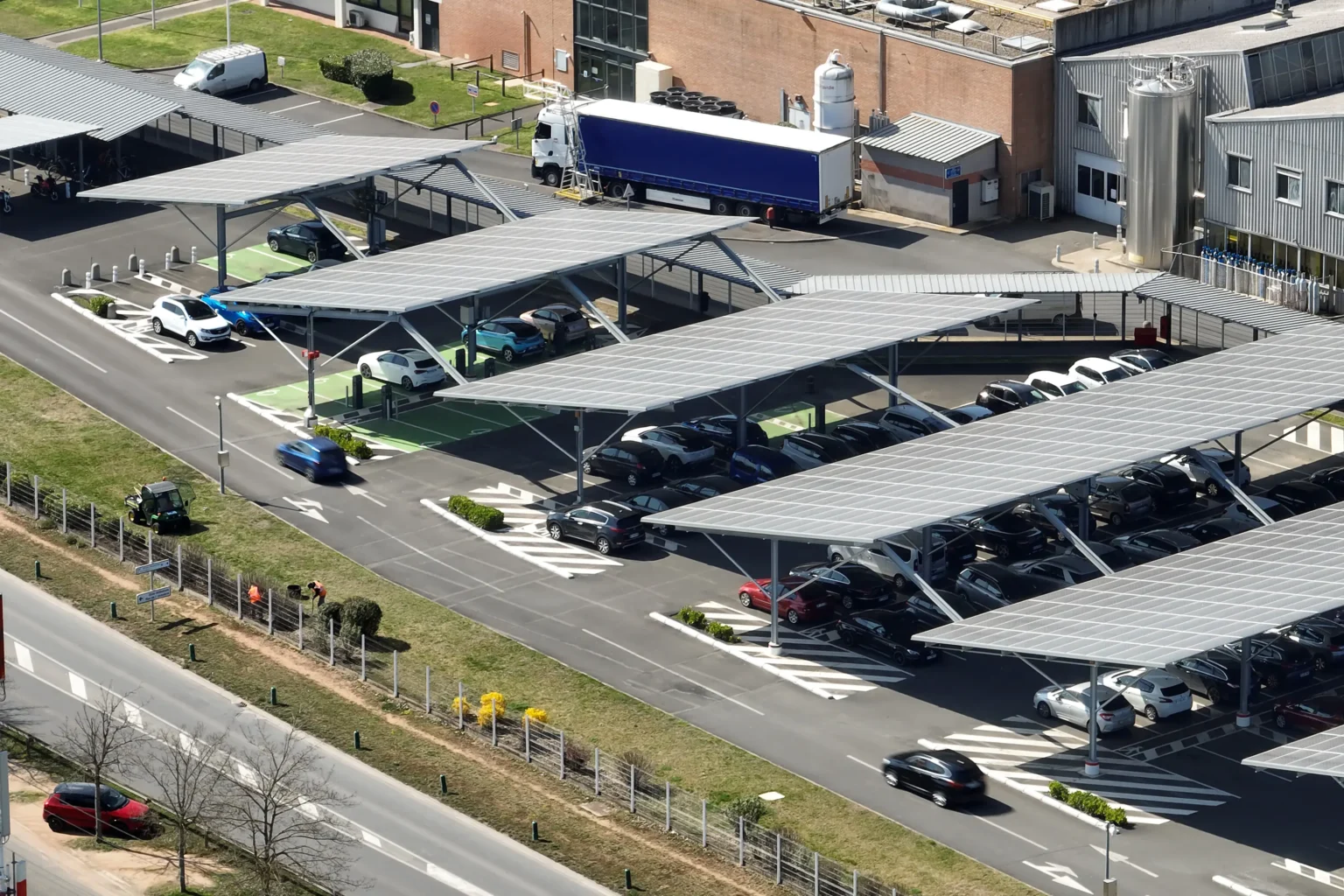Understanding Vehicle-to-Grid (V2G) Technology and Its Role in a Sustainable Future
In the ever-evolving landscape of energy management, particularly for small to medium-sized enterprises (SMEs) and larger enterprises, the integration of renewable energy solutions is no longer just an option, it’s becoming a necessity. Among these solutions, Vehicle-to-Grid (V2G) technology stands out as a transformative innovation that can significantly enhance energy efficiency while contributing to a greener grid. In this article, we will explore what V2G technology is, why it matters, and how Project Better Energy is pioneering these solutions in the UK market.
What is Vehicle-to-Grid (V2G) Technology?
At its core, Vehicle-to-Grid technology allows electric vehicles (EVs) to act as energy storage units, feeding excess energy back to the grid when needed. This bi-directional flow of energy enables businesses to not only charge their EVs but also utilise them as a source of power during peak energy demand times. Imagine this: your fleet of electric vans not only serves your business but also contributes to the stability of the energy grid, helping to prevent outages and reduce reliance on fossil fuels.
This concept is particularly crucial as we push for a more sustainable energy future. By leveraging V2G technology, enterprises can optimise their energy consumption, lower operational costs, and contribute to a cleaner environment. For finance leaders in SMEs and enterprises, the financial implications are significant. Investing in V2G technology can decrease energy costs and create new revenue streams from energy trading, all while enhancing your company's sustainability profile.
Why V2G Matters for a Greener Grid
The integration of V2G technology into the energy ecosystem can yield several benefits:
-
Stabilising the Grid: As more renewable energy sources come online, the grid faces challenges in balancing supply and demand. V2G technology can help stabilise the grid by providing energy back when demand peaks, smoothing out fluctuations.
-
Maximising Renewable Energy Use: By allowing EVs to store excess energy generated from sources like solar panels, businesses can ensure that they are utilising renewable energy to its fullest potential. This is particularly relevant for companies that have invested in commercial solar systems.
-
Financial Incentives: As mentioned earlier, V2G can create additional revenue streams through energy trading and lower energy costs, making it an attractive investment for finance leaders assessing the bottom line.
-
Corporate Social Responsibility (CSR): Implementing V2G capabilities aligns with CSR initiatives, showing stakeholders and customers that a business is committed to sustainability and innovation.
Project Better Energy: Leading the Charge
In the UK, Project Better Energy is at the forefront of integrating V2G technology into commercial settings. As the only company offering this cutting-edge solution, Project Better Energy is helping businesses transition to a greener future seamlessly. Their innovative approach is illustrated through various successful projects, such as the installation of EV chargers and solar panels at leading enterprises.
Conclusion
As the world transitions towards electric vehicles and sustainable energy, understanding and implementing technologies like V2G will be essential for SMEs and enterprises. By embracing V2G technology, finance leaders can turn their vehicles into valuable assets that contribute to a more sustainable, reliable energy grid. Project Better Energy is leading the way in this revolutionary approach, offering the tools and expertise necessary to harness the full potential of renewable energy solutions.
Investing in V2G technology is not just a step towards operational efficiency; it's a commitment to a cleaner, greener future, making it an essential consideration for any forward-thinking business leader. As the electric vehicle revolution accelerates, those who adapt and innovate will not only thrive but also pave the way for a sustainable future.

















